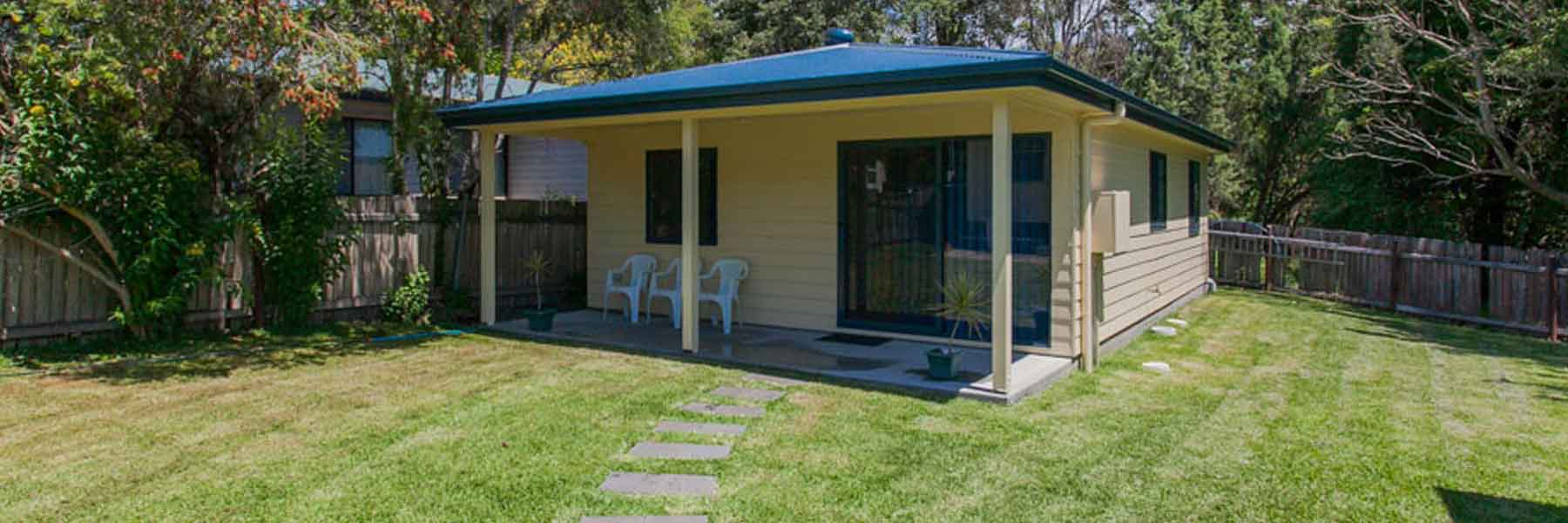Home > Home Loans > High LVR Home Loans
High LVR Home Loans
Home buyers without a 20% deposit can still get into the market with a high loan-value-ratio mortgage. Compare your home loan options with Savvy today.
Author
Savvy Editorial TeamFact checked
What are high LVR home loans?
Loan-to-value-ratio (LVR) is the value of your loan (how much you want to borrow) vs the value of the property.
LVR is calculated as a percentage that a lender will use to decide how much risk you pose as a borrower.
- The bigger your deposit, the lower the LVR will be = less risk.
- The smaller your deposit, the higher the LVR = more risk.
A high LVR loan reduces your deposit requirement. “High” means the amount of money you want to borrow more than 80% of the property’s value. Generally, these loans are considered higher risk by lenders.
Due to this risk, high LVR home loans in most cases will attract lenders mortgage insurance (LMI) and higher interest rates. More on these in moment.
Let’s look at two examples of LVR on a property valued at $550,000:
High LVR home loan (less than 20% deposit saved)
You have $70,000 saved as a deposit so you’d need to borrow $480,000.
This is 87.27% of the purchase price which most lenders consider a high lvr home loan because it is above 80%.
Lower LVR home loan (20% deposit saved)
Now let’s say you had a $110,000 deposit saved for the same property. You’d need to borrow $440,000.
This is 80% of the purchase price.
Are high LVR home loans more expensive?
High LVR home loans can work out more expensive for the borrower compared to a home loan at less than 80% LVR.
This is due to the additional cost of lenders mortgage insurance (LMI) and higher interest rates.
Lenders mortgage insurance (LMI)
In most cases, LMI applies to high LVR home loans. LMI is insurance for the lender that protects them if you default on your repayments.
Generally speaking, LMI is worked out as a percentage of your loan based on your LVR.
Percentages will vary between lenders and mortgage insurers so it’s something important to consider when comparing home loans. Doing your LMI homework can save you thousands.
To calculate your LMI premium, multiply the lenders LMI rate by your loan amount.
For example, if the LMI rate is 0.90% and you are borrowing $350,000 this is worked out as 0.90% x 350,000 = $3150.
LMI is charged as a once-off fee. You can pay it as a lump sum at settlement or have it added to your home loan amount.
Remember, if it is added to your mortgage, you will pay interest on LMI which will increase your monthly repayments.
LMI isn’t transferable if you decide to switch home loans but you may get a discount on your new LMI premium if you refinance your home loan with the same lender.
There can be exceptions to paying LMI on high lvr home loans; if your parents can go guarantor or you qualify for the First Home Owners Deposit. In these cases, LMI is waived.
Some lenders also waive LMI for certain types of professionals. For example, doctors, lawyers, and accountants.
Higher interest rates
High LVR home loans generally attract higher interest rates because the loan is seen as riskier.
Lenders offer lower interest rates and more competitive home packages to borrowers with 20% or more deposit.
If you have a small deposit and decide a high LVR loan is the way to go, shop around to make sure you’re getting the best deal possible.
Your home loan options
Making your first big step towards buying a home? It's crucial to be across your mortgage options as a first homebuyer.
Opting for a variable interest rate on your home loan means it'll fluctuate as the market moves throughout your repayment term.
On the other hand, fixing your rate locks it in for a pre-defined period. This can bring with it greater certainty around your budget.
It's important not to set and forget when it comes to your home loan. If you find a more competitive offer, it may be worth refinancing.
If you're looking to build a new house, construction loans are specifically designed to cater to the different needs associated with doing so.
A guarantor essentially acts as a safety net for your lender, as they sign onto your loan to agree to pay it off should you become unable to do so.
Purchasing a property as an investment brings with it different specifications from a lender. It's crucial to know what your options are.
Businesses big or small may wish to purchase a property for commercial purposes, which are also different from a standard loan.
Your home loan may give you an interest-only option, which allows you to exclusively pay interest on your loan for a set period.
Just because your finances may be slightly more complicated as a self-employed individual doesn't mean you can't take out a home loan.
Some lenders may allow you to apply for a home loan with alternative documents, such as tax returns, BAS and ABN registration.
There are several options for purchasing a property without a cash deposit, such as equity in another property if you or your guarantor own one.
Why compare home loans with Savvy?
100% free
You don't have to pay a cent to compare home loans with us, enabling you to do so at any time.
Paperless quote process
You can fill out a simple online quote via our form without having to worry about sorting through heaps of paperwork.
Trusted lenders
With a panel of reputable mortgage lenders behind us, you can rest assured you'll be comparing high-quality options.
Pros and cons of high LVR home loans
PROS
Get into the property market sooner.
In some cases, you may come out ahead in capital gains or rental income by paying LMI and higher interest rates than waiting to save the 20% deposit.
Alternative to saving a 20% deposit for first home buyers.
Can be an option for investors who don’t want to use a lot of cash to fund the property purchase.
LMI is tax-deductible for investment properties.
CONS
Interest rates are usually higher.
Even a slightly higher interest rate can cost thousands extra compared to a more competitive home loan package.
You may have to pay LMI which adds to the overall cost of the loan.
If you can, pay LMI upfront instead of rolling it into the mortgage to save on interest
Got a question about high LVR home loan?
Most banks and non-banks offer high lvr home loans. Compare high lvr home loans from trusted Australian lenders with our home loan comparison tool.
To work out the property value in the LVR equation, the lender will engage an external valuer to provide an independent and unbiased valuation of the property.
Sometimes there is a difference between what the property is expected to sell for (market value) and the value a lender estimates for the property (lender valuation). In this case, the lender valuation is used.
If you’ve purchased an investment property the ATO considers LMI a “borrowing expense” which is tax-deductible.
Some lenders allow you to borrow up to 95 per cent of the property’s value. If you have a guarantor, you may be able to borrow 100%.
To increase chances of approval you must show the lender you’re a reliable loan candidate. You need steady employment, a good credit score and solid debt repayment history.










